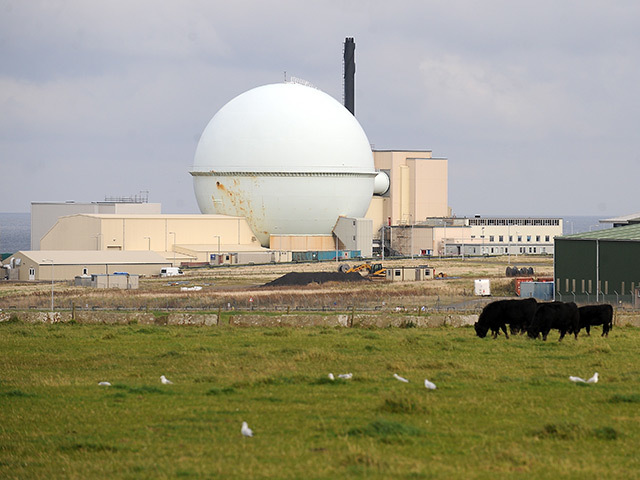
The Caithness skyline over Dounreay is to change forever as the £1.6billion clean-up of the nuclear plant – including demolishing the iconic golf ball – enters its final phase.
A planning application for the third and last stage of the decommissioning and remediation work at the site has been lodged with Highland Council.
Dounreay Site Restoration Ltd (DSRL) has revealed the intricate details of the complex work that lies ahead, and has pledged to leave the land as close to how it looked prior to the power station being built in the 1950s.
Three nuclear reactor buildings are to be razed to the ground over the coming years.
This includes the famous dome structure housing the experimental fast breeder reactor, which provided the first nuclear power to be fed into the National Grid. Work on dismantling the interior begins next year and the sphere will ultimately be removed by 2026.
The works will also include the complex decommissioning of the shaft and silo at the estate, the construction of a new “flask” facility and the retrieval of low level waste pits.
Once all the waste is removed and the buildings are demolished, site remediation and landscaping work will be carried out to restore the land.
The series of decommissioning projects will run to the site’s ultimate shut down, currently planned for 2030-33.
At that stage all that will remain will be a security building and waste stores, along with supporting infrastructure and utility services needed to serve the retained facilities.
DSRL said: “Our objective in decommissioning Dounreay is to close down the site and leave it in a safe condition for future generations.”
Tom Greatrex, chief executive of the Nuclear Industry Association, said: “This work will help Dounreay reach its target of the early 2030s to have the site in its interim end state (IES).”
Caithness MSP Gail Ross said: “As we move into the final stage of the decommissioning at Dounreay we must keep the socio economics, the workforce and the legacy in our sights.
“Dounreay means a lot to many people in Caithness and North Sutherland and although we have been talking about this for a number of years, suddenly it seems very real.
“We need to make sure that workers are supported into other employment and that the skills they have are tailored to other industries such as renewables or other forms of decommissioning.”
There is currently just under 1,200 DSRL staff and up to 800 contractors working at the site, generating £80million for the local economy. This will fall as the decommissioning programme progresses.
It was announced in April that up to 150 employees were invited to apply for a redundancy package, with a further 50 agency roles also being cut.
Built in the 1950s to push forward the UK’s nuclear energy ambitions, decommissioning Dounreay is viewed as one of the most complex closure programmes in Europe.
Highland Council granted permission for the first phase in 2007, including creating an intermediate level waste cementation plant and store, while the second phase got under way in 2012, featuring the provision of further fuel and waste management facilities.
Recommended for you
